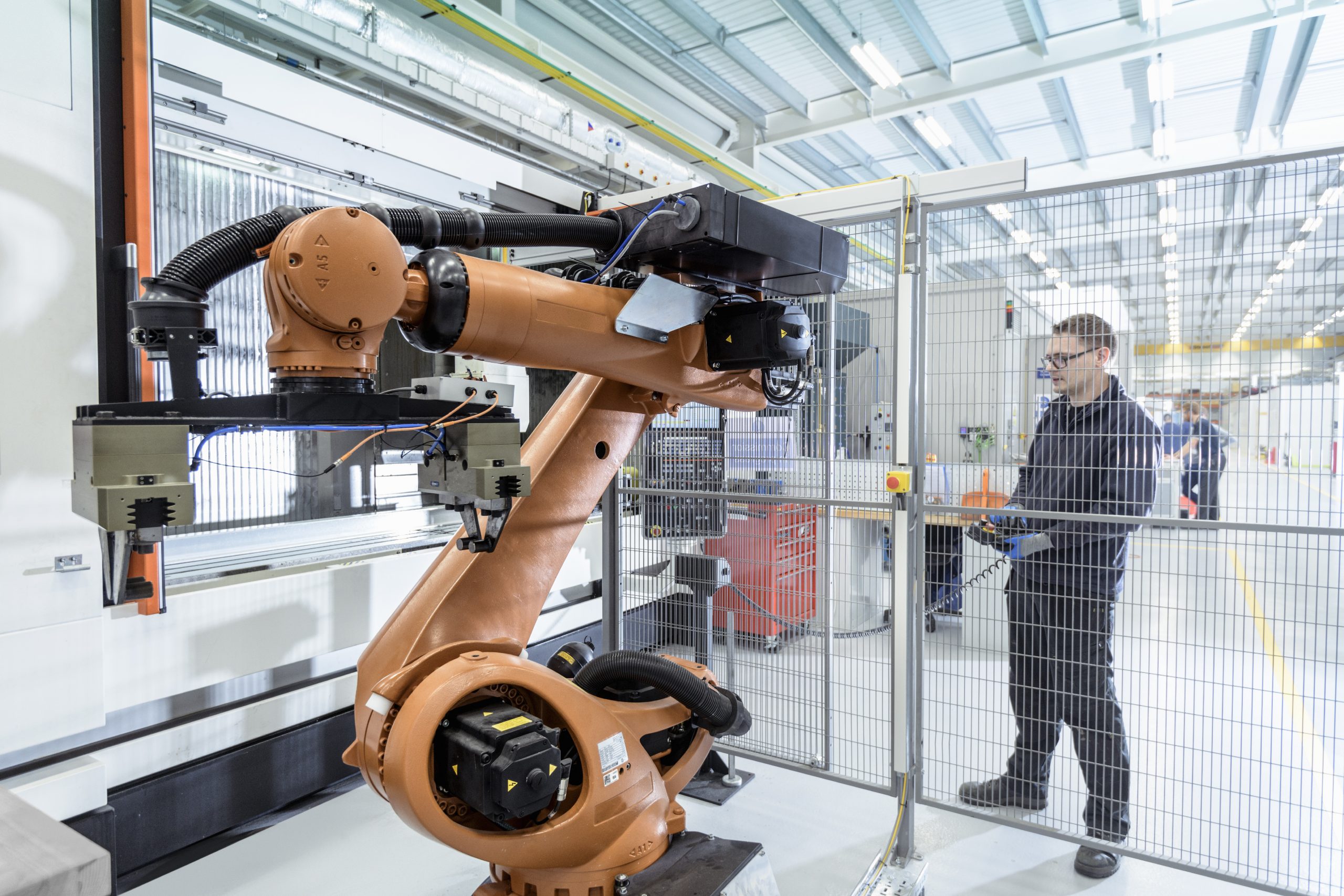
Robotics is an interdisciplinary field that integrates mechanical engineering, electrical engineering, computer science, and much more to create robots—autonomous or semi-autonomous machines that can perform tasks. As a rapidly evolving discipline, robotics has branched into several specialized fields. In this post, we’ll explore five major fields of robotics that are shaping our world today.
1. Industrial Robotics
Industrial robots have become ubiquitous in manufacturing, assembly lines, and even distribution centers. They are designed for repetitive tasks such as welding, painting, or moving goods. With advancements in machine learning, these robots are becoming more adaptable and capable of handling more complex tasks. The primary focus here is on efficiency, reliability, and precision. With robots in play, industries can manufacture higher volumes at a faster pace, thereby reducing costs and increasing output.
2. Medical Robotics
Robotics has made significant inroads into the healthcare sector. Surgical robots like the da Vinci Surgical System enable surgeons to perform minimally invasive surgery with more precision. Then, there are rehabilitation robots to help patients recover motor functions and even telepresence robots that allow healthcare providers to remotely interact with patients. The primary goals of medical robotics are enhancing surgical precision, patient care, and rehabilitation services.
3. Autonomous Vehicles
When you think of autonomous vehicles, self-driving cars might be the first thing that comes to mind. However, this field also encompasses drones, unmanned aerial vehicles (UAVs), and even autonomous boats and submarines. The technology relies on complex algorithms, real-time data processing, and machine learning to navigate, make decisions, and operate without human intervention. While self-driving cars hold the promise of reducing accidents and optimizing traffic flow, drones are already being used for deliveries, surveillance, and even agriculture.
4. Humanoid Robots
Humanoid robots are designed to mimic human behavior and interaction. These robots can walk, talk, and even recognize and interpret human emotions. Companies like Softbank Robotics, with their robot Pepper, have made strides in this space. Humanoid robots are mostly in the research and development phase but hold promise for personal assistance, elder care, and even emotional support.
5. Space Robotics
Space is the final frontier, and robots are our pioneers. Rovers like the Mars Curiosity and Perseverance have been exploring Martian terrains, conducting experiments, and sending invaluable data back to Earth. Satellites equipped with robotic arms repair other satellites in orbit, and there are plans for robotic bases on the moon. Space robotics aim to go where it’s too dangerous or too expensive for humans, opening up new avenues for scientific exploration.
The world of robotics is vast and continually evolving. From factories and hospitals to roads and even outer space, robots are becoming an integral part of our daily lives. As technology advances, these fields will overlap more, possibly giving rise to new sub-disciplines. Regardless, robots will continue to play an increasingly significant role in shaping our future.